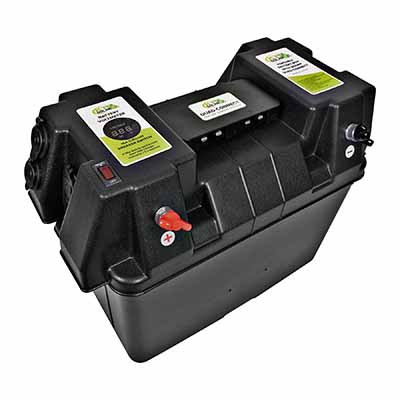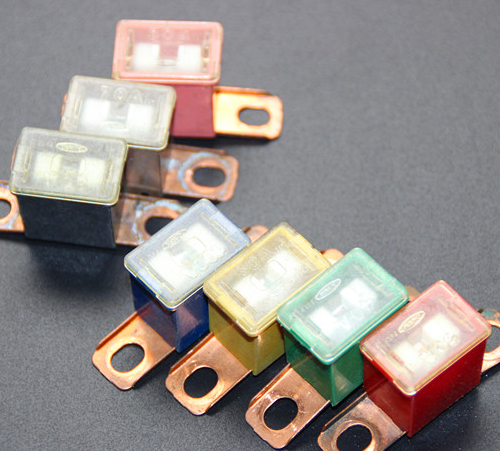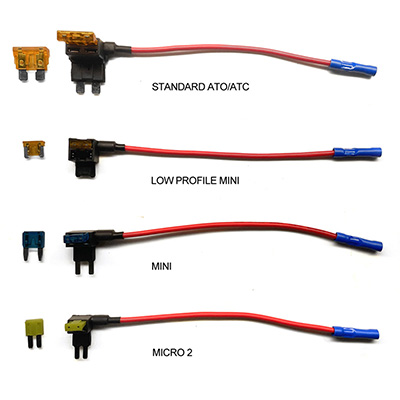Key Considerations for Choosing Fuse Ratings in Automotive Electrical Systems with Focus on Current and Voltage
News 2025-10-24
Fuses play a critical role in automotive electrical systems by protecting circuits from overcurrent and short circuits, ensuring vehicle safety and reliability. Proper fuse rating selection based on circuit current requirements and voltage is essential to prevent failures that could lead to fires or component damage. This involves understanding how current and voltage interact with fuse characteristics to match specific automotive applications, such as engine control units or lighting systems. By aligning fuse ratings with operational demands, engineers can enhance system longevity and performance in dynamic environments like electric vehicles and traditional combustion engines.

Fundamentals of Fuse Ratings
Fuse ratings define the maximum current a fuse can handle before blowing, typically specified in amperes, and include voltage ratings to ensure safe operation under specific electrical stresses. In automotive contexts, fuses must withstand transient currents from events like engine starts or accessory loads without false tripping, while interrupting faults effectively. Performance advantages include rapid response times that minimize damage, and materials designed for high-temperature resilience in engine compartments. Accurate rating selection prevents under-fusing, which risks premature failure, and over-fusing, which may not protect adequately, thereby optimizing circuit protection in vehicles.
Application in Automotive Circuits
In automotive settings, fuse ratings are selected for diverse circuits ranging from low-current sensors to high-power motors, where voltage levels often vary between 12V and 48V in modern hybrids. Key application scenarios include safeguarding electronic control modules against surges during cold cranks or protecting wiring in infotainment systems from overloads. Performance benefits arise from fuses that offer low resistance for energy efficiency and high breaking capacity to handle short circuits without explosive failure. This ensures reliable operation in harsh conditions, such as vibrations and thermal cycling, enhancing overall vehicle safety and reducing maintenance costs through durable component integration.
Selection Process Based on Current and Voltage
Choosing the right fuse rating starts with assessing the maximum continuous current and peak inrush currents of the automotive circuit, alongside the system’s operating voltage. For instance, a circuit with a 20A steady load and 12V nominal voltage might require a 25A fuse to account for tolerances and surges. Voltage considerations ensure the fuse can safely interrupt current without arcing, with higher voltages demanding fuses rated for at least the system voltage plus margins. This process balances protection speed with minimal nuisance tripping, leveraging manufacturer data sheets and standards like ISO 8820 to achieve optimal performance and longevity in automotive designs.
Frequently Asked Questions
1. What factors influence fuse rating in automotive applications?
The primary factors are the circuit’s maximum current draw, voltage level, and environmental conditions like temperature, which affect how fuses perform and age over time.
2. How do different voltage systems impact fuse selection?
Higher voltage systems require fuses with elevated voltage ratings to prevent arc formation during interruption, ensuring safer operation in advanced automotive electrical architectures.
3. Why prioritize current requirements when selecting fuses?
Focusing on current helps avoid overcurrent damage by matching the fuse’s trip characteristics to the circuit’s normal and fault conditions, thus maintaining system integrity and reliability.


